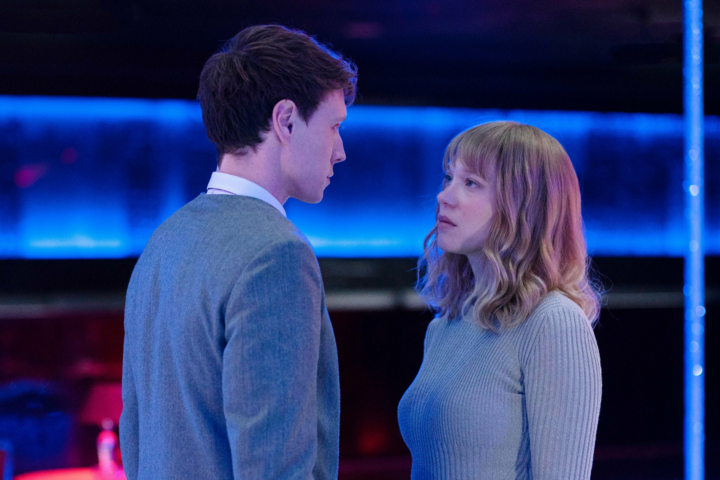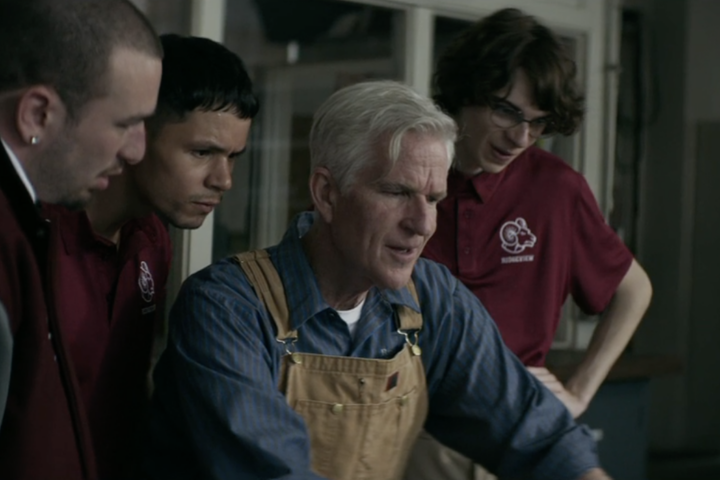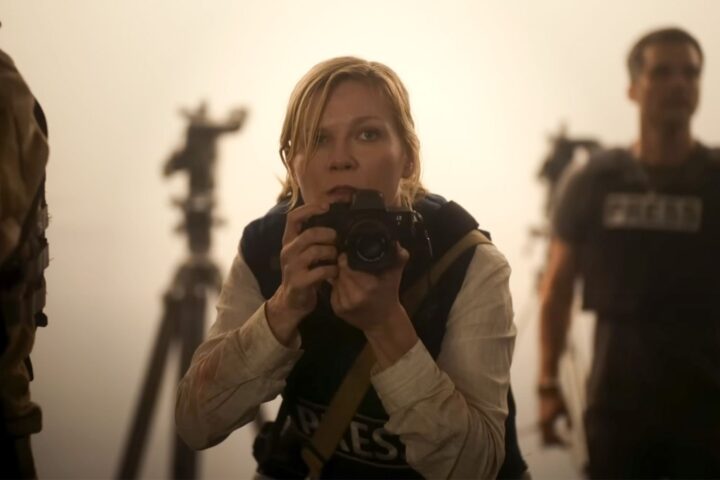Is it enough to just say that Beasts of the Southern Wild, this year’s Sundance Grand Jury Prize winner that also captured the Caméra d’Or at Cannes, is the best American film of 2012? Part coming-of-age story, part anthropological examination, part story of community and very much about our connection to the earth and our ability to believe—in parents, myths, the future and maybe even salvation—this evocative movie presents a completely new world, and the effect is as if we are seeing a documentary of a people and place heretofore unseen, a window into a world of abject poverty, a cast away people with tight bonds and strong wills to survive. In the middle of it all we meet a father and daughter who keep each other going, in a portrait of a sometimes hard, unbreakable, unconditional love.
Rich with atmosphere, Beasts of the Southern Wild is set in what can only be described as a ramshackle, end-of-the road nowhere, or more properly the Southeast of Louisiana, a place haunted by the ghosts of flooded, abandoned shacks, rising, muddy red water and barely-there lean-tos with folk who seem to live in the woodwork, a place nicknamed The Bathtub and for good reason with its frequent flooding.
In this place we meet six-year-old Hushpuppy (Quvenzhané Wallis, extraordinary), who lives near, but not with, her ailing father, Wink (Dwight Henry), a tough love alcoholic, in a delta community left devastated by Katrina. The milieu is about as bad as it gets, a literal swamp where nobody dares to go, a camouflage for residents hiding out rather than being displaced to shelters.
Hushpuppy’s mother is nowhere to be found, having either died or left, or “swam away,” as Wink suggests. Wink’s serious medical condition means frequent and extended disappearances which leave young Hushpuppy virtually on her own, her imagination and daydreams working overtime, including visions of melting polar ice caps that free a frozen species of massive, ancient animals (beasts, if you will) named the aurochs, whom she summons to the delta for deliverance in a magical realist flourish later in the picture.
While some may perceive Wink as being extraordinarily tough on the young child, he’s prepping her for a very hard without him. In one of the film’s most moving sequences, she and several other young girls hitch a ride into the night sea to a rig where sailors and prostitutes mingle, and Hushpuppy fantasizes she has found her mother in a tender-voiced woman who delicately holds her while dancing her into this secure, if temporary, fantasy.
This community is also on the “wrong” side of a levee that has been created post-Katrina to keep the water from flooding on the other side, and in one of the film’s most harrowing passages, Wink and some brave residents blow a hole in the wall to let the near-contaminated Bathtub flood water reside.
To say more would spoil the film’s denouement, but suffice to say that a government intervention finally does occur and Wink’s condition progressively slides until the film’s haunting final moments. Henry, a first-time actor and bakery owner from New Orleans, is commanding and tragic here. But it’s newcomer Wallis who owns this show, in a remarkable, unsentimental picture of a young girl having a childhood in squalor, crawling around the ground with animals, ruminating on her place in history, afraid only of losing her dad.
Shot on the cheap (for less than $2 million) in the bogs of southern Terrebonne Parish, Louisiana, filmmaker Benh Zeitlin co-wrote the screenplay with Lucy Alibar, based on Alibar’s one-act play, Juicy and Delicious. They expertly depict an up-close view, perhaps too close for some, of a forgotten people prevailing after an apocalypse, in tough times, getting down to brass tacks and doing what needs to be done to survive.
One of the chief beauties of this movie, and there are many, is the ecstatic visual poetry filling the frame in literally every scene. I can’t think of another film that so clearly balances elements of magical realism and a world depicted with such hardscrabble realism.
Most importantly the film sheds light on a community of people living in the same world as we are, in a place we couldn’t imagine, don’t see on television and where most don’t care to look. Yet in the hands of Zeitlin and his extraordinary cast, there is life and vitality and love and grace and pride all down in this delta, and all in this movie.
If this sounds like hyperbole, so be it. Beasts of the Southern Wild is some kind of miracle, a movie you must see, and one that you won’t forget. The final shot knocked me out, for days.
4 stars.



